As carbon fiber wheels become increasingly popular, gravel riders face an increasingly common problem: How big is the difference between high-end carbon fiber wheels that cost thousands of dollars and cost-effective carbon wheels that cost half or even less than half the price? This article will help you break down the core differences between the two from multiple dimensions, such as structural design, riding experience, durability, and cost-effectiveness, so you can make a wise choice.
1. Manufacturing process and materials: high-end does not mean expensive, just in b

(1) Technical advantages of high-end wheels
High-end carbon fiber gravel wheels usually use high modulus carbon cloth and are supplemented by precise lamination technology. This means that at the same weight, they have higher rigidity, lower lateral deformation, and better energy transfer efficiency. For example, some high-end brands use monocoque molding technology to reduce seams and structural weaknesses, making the entire set of wheels more integrated.
(2) Trade-off strategy for cost-effective wheels
Most cost-effective wheels use standard modulus carbon fabric, which reduces costs but is slightly inferior in strength consistency, weight control, and impact resistance. Some brands also adopt simple symmetrical ply in structural design, sacrificing certain performance, but it is sufficient for commuting and leisure gravel use.
2. Actual riding experience: Where is the difference?

(1) Acceleration response and rigidity difference
High-end carbon wheels provide more direct feedback when starting and climbing, and the acceleration response is faster; cost-effective wheels are slightly "lagging", especially when riding with a full load or climbing long distances, the problem of insufficient rigidity is more obvious.
(2) Comfort and tolerance
Interestingly, in some rough road conditions, cost-effective wheels can provide a certain degree of comfort due to their relatively "soft" characteristics, which is a plus for novices or long-distance riders. High-end wheels are usually more "tough" and require riders to have a higher level of control.
3. Durability and maintenance: Are price and life proportional?
(1) Durability and risks of high-end wheels
Although high-end carbon wheels perform well in laboratory environments, they require higher usage and maintenance. For example, under extreme impact, high modulus materials are not as "ductile" as standard carbon cloth, and it is not uncommon for them to be fragile.
(2) Are cost-effective wheels more "durable"?
Some brands use thicker laminate structures on cost-effective wheels, which sacrifices weight but enhances the impact resistance of the rims. In addition, they are usually paired with a more "conservative" hub system, which makes them more durable in complex outdoor conditions.
4. Cost-effective analysis: Do you need top-level carbon wheels?

(1) Riding frequency and goals are key
High frequency, event/competitive: It is recommended to choose high-end carbon wheels, as the performance advantages can be maximized.
Weekend cycling, daily commuting: Cost-effective carbon wheels are sufficient, and it is more practical to save money to upgrade other accessories.
(2) Comprehensive return on investment
If your budget is limited, instead of "overspending" on carbon wheels, it is better to allocate funds reasonably to equipment that improves the overall experience, such as transmission systems, cycling clothing or cycling shoes.
Summary: You need to understand your cycling "profile"
High-end wheels are often lighter and harder, more responsive and faster, more refined but also more fragile, and require regular maintenance and strict matching. They are expensive, costing more than $1,000. Cost-effective carbon wheels are slightly heavier, more flexible, slightly slower, but have a high fault tolerance, are stable and impact-resistant, have a high tolerance for maintenance, and are suitable for novices. Most importantly, the price is right, usually between $500 and $ 800.
Choosing a carbon wheelset should not only look at the price, but should start from your riding needs. If you are pursuing the "best equipment", high-end carbon wheels are worth investing in; but if you value "practicality and stability" more, cost-effectiveness can also meet your gravel exploration journey. Then I strongly recommend you to choose our brand!
Tags: #Gravel Bike Purchase #Gravel Road Bike VS Mountain Bike #Gravel Bike Shifting System Selection #Gravel Wheel Set Selection #Gravel Bike Riding Tips #Gravel Bike Maintenance #Wheel Set Deviation #Spoke Tension #Ceramic Bearings #Tire Pressure #Road Cycling #Mountain Cycling #Climb Cycling

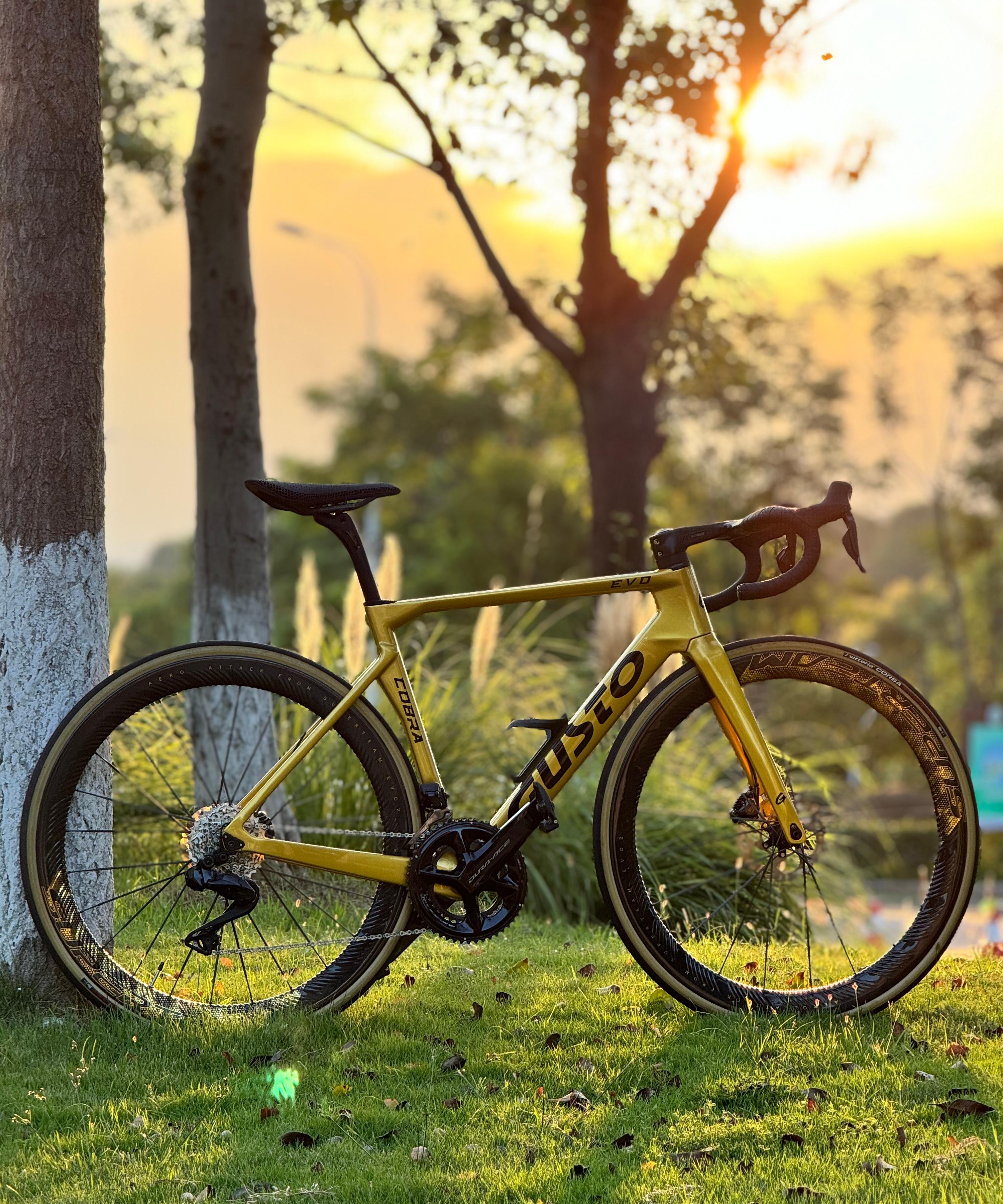
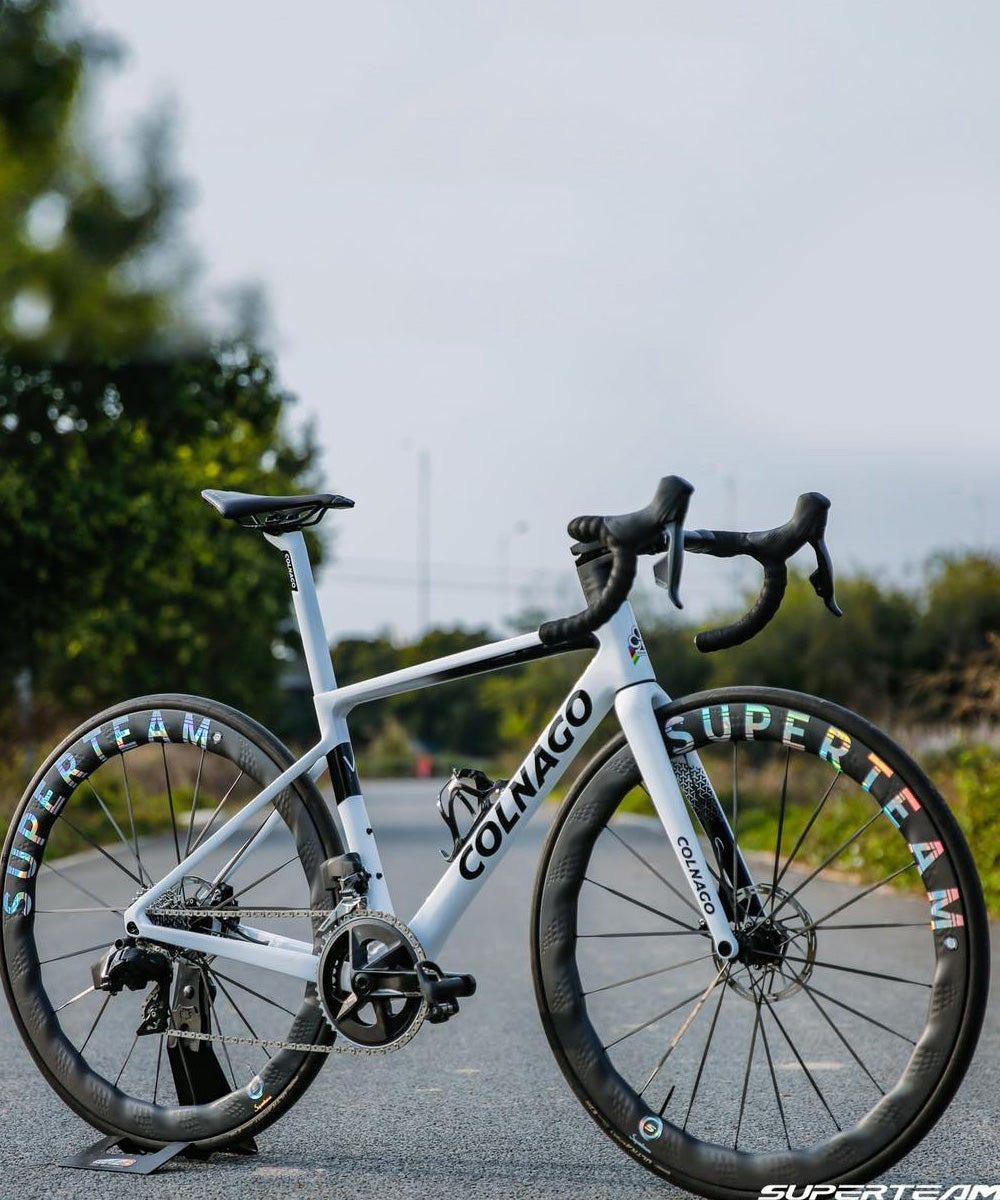
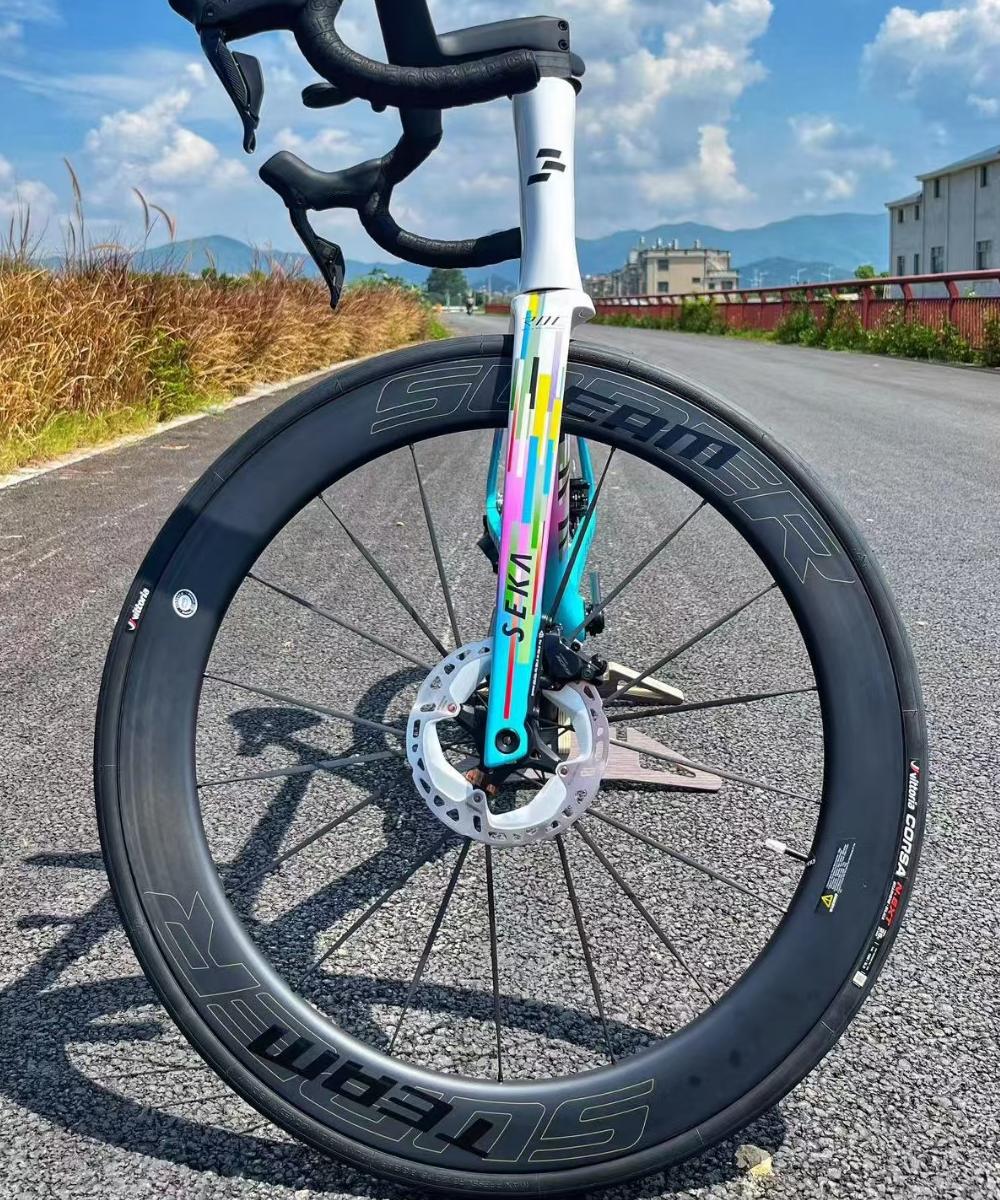
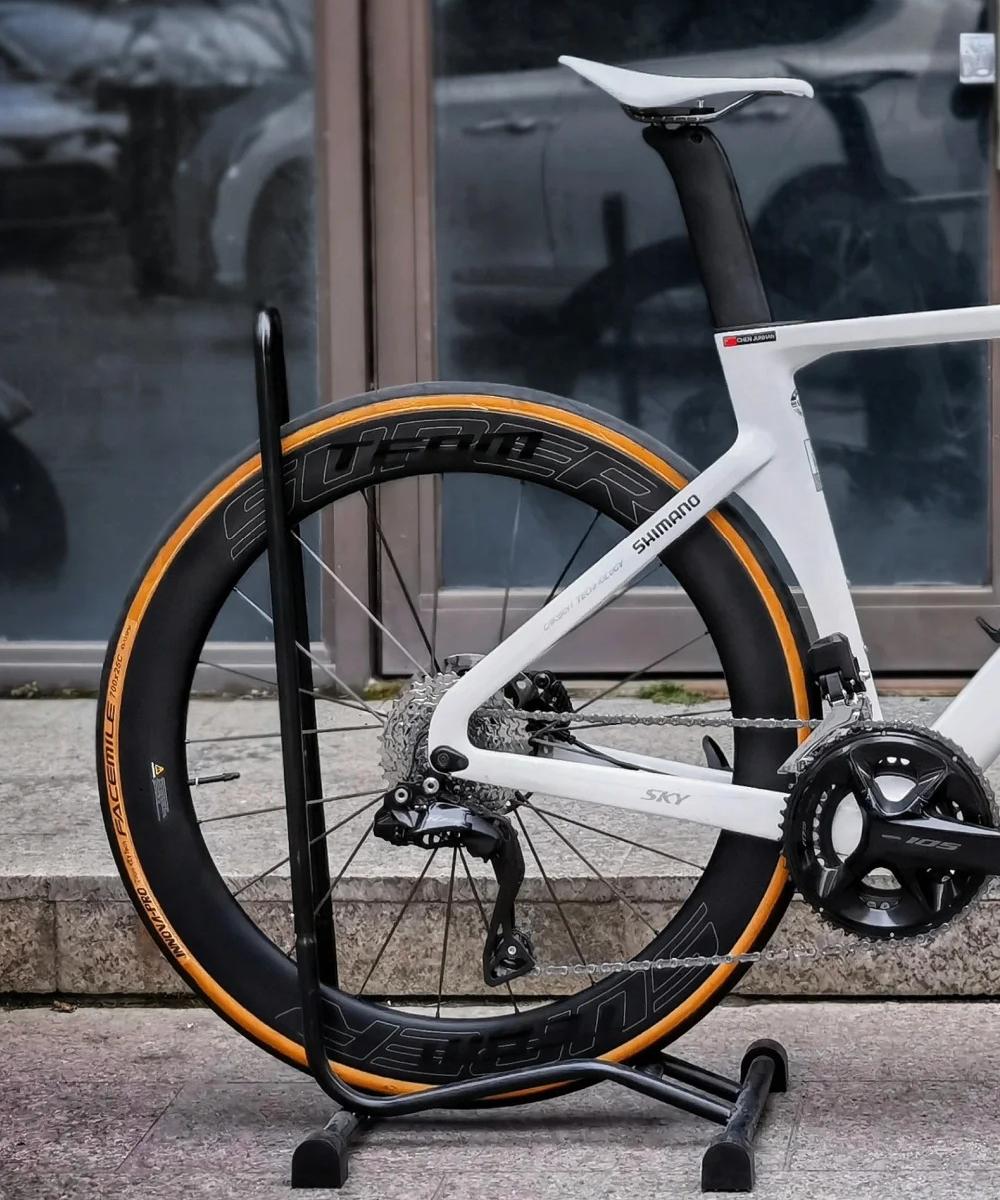
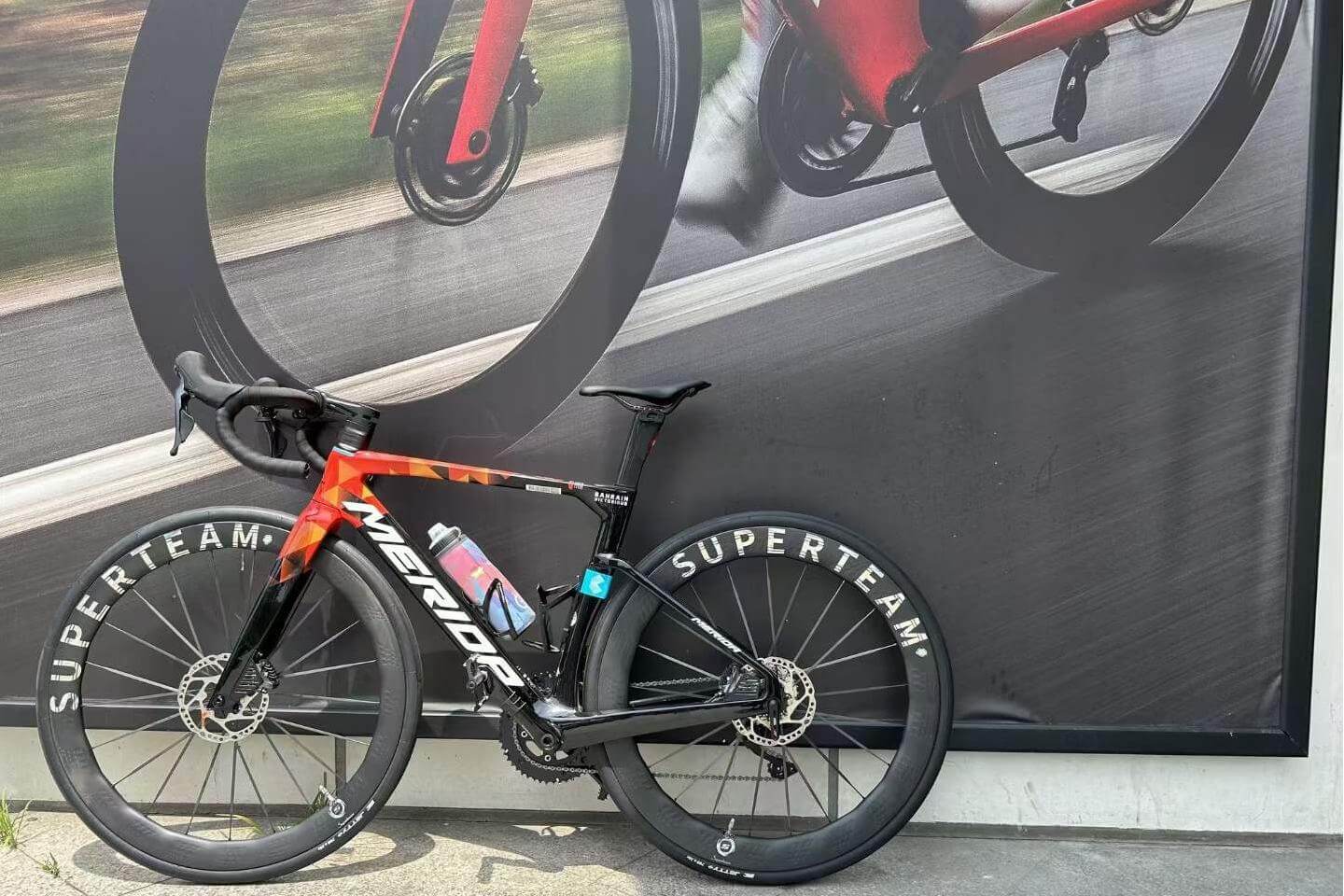


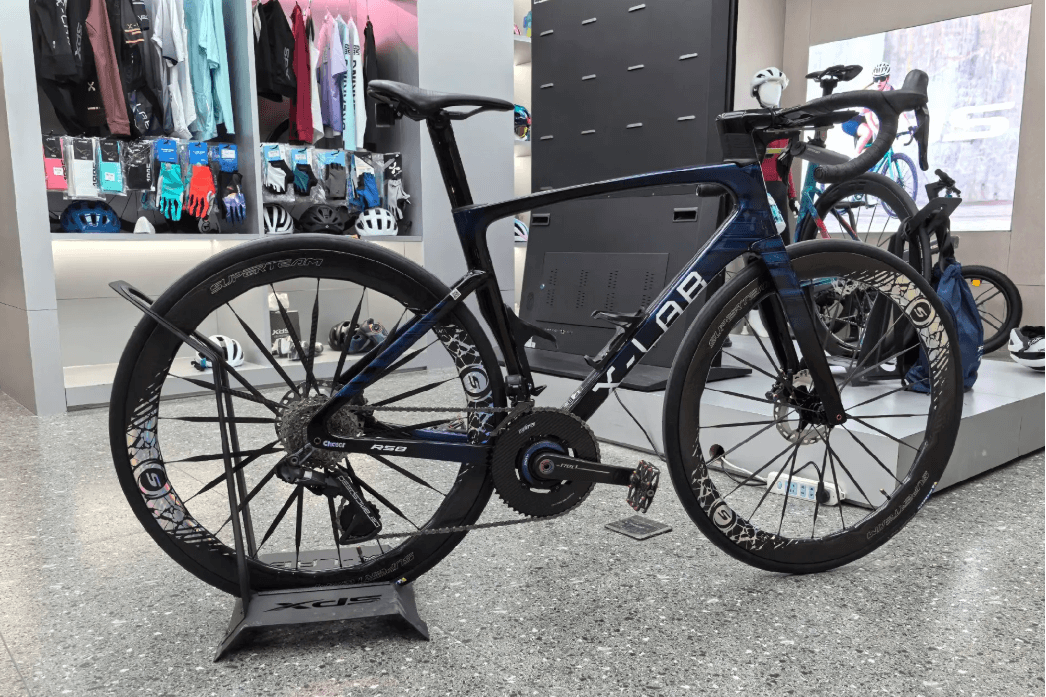
Leave a comment
All comments are moderated before being published.
This site is protected by hCaptcha and the hCaptcha Privacy Policy and Terms of Service apply.